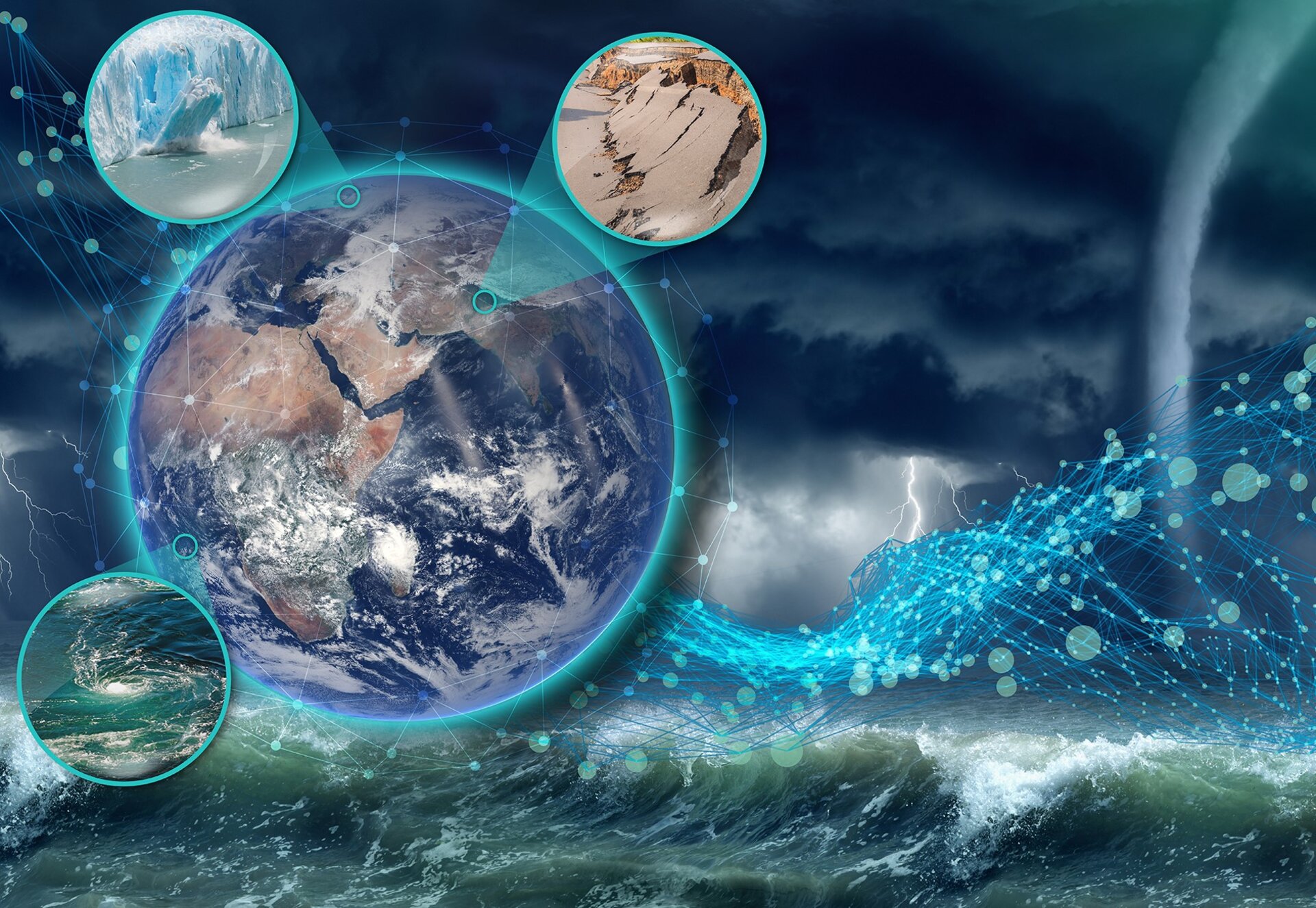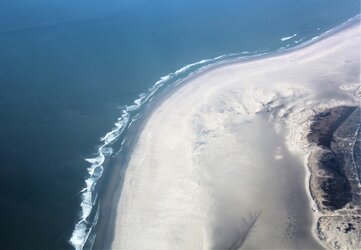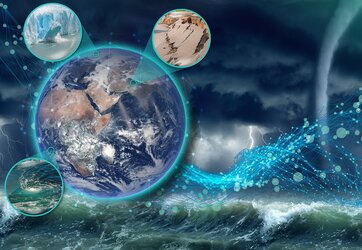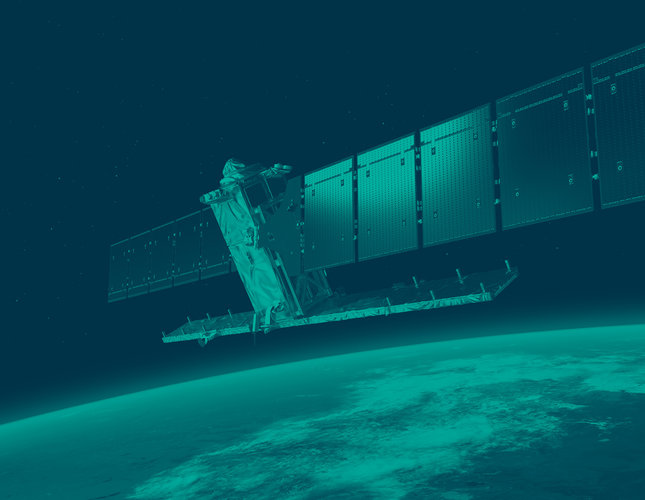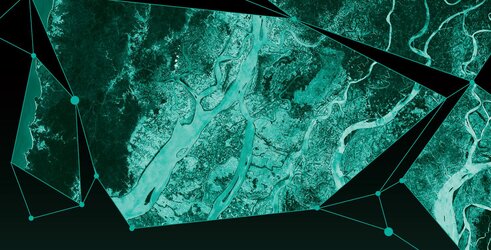ESA selects Harmony as tenth Earth Explorer mission
Following preparatory activities and a stringent process ESA Member States today formally selected Harmony for implementation as the tenth Earth Explorer mission within the FutureEO programme. This unique satellite mission concept is, therefore, now set to become a reality to provide a wealth of new information about our oceans, ice, earthquakes and volcanoes – which will make significant contributions to climate research and risk monitoring.
Pivotal to ESA’s FutureEO programme, Earth Explorers are pioneering research missions that show how novel observing techniques lead to new scientific findings about our home planet. Advancing science and technology, they address questions that have a direct bearing on climate change and societal issues such as the availability of food, water, energy, resources and public health.
Earth is a highly dynamic system where the transport and exchanges of energy and matter are regulated by a multitude of processes and feedback mechanisms. Untangling these complex processes to better understand how Earth works as a system is a major challenge.
Thanks to Harmony, the picture is set to become a whole lot clearer.
By advancing science, Harmony will, in turn, also help address societal issues such as those laid out in the World Climate Research Programme’s Grand Challenges and a number of the UN’s Sustainable Development Goals.
This exciting new mission will comprise two identical satellites orbiting Earth in convoy with a Copernicus Sentinel-1 satellite. Each Harmony satellite will carry a receive-only synthetic aperture radar and a multiview thermal-infrared instrument.
Together with observations from Sentinel-1, Harmony will deliver a wide range of unique high-resolution observations of motion occurring at or near Earth’s surface.

Harmony’s Lead Investigator, Paco López-Dekker, from the Delft University of Technology in the Netherlands, explained, “Harmony will, for example, be used to quantify the processes that govern the exchange of momentum, heat and moisture between the ocean surface and the air above. These exchanges influence processes in the lower atmosphere, drive weather patterns, and affect our climate.
“It will also be used to study deformation and flow dynamics at the rapidly changing ice-sheet edges for a better understanding of sea-level rise.
“In addition, Harmony will observe the motion of mountain glaciers, which are essential in providing freshwater to hundreds of millions of people, so the importance of understanding how they are changing cannot be overstated.
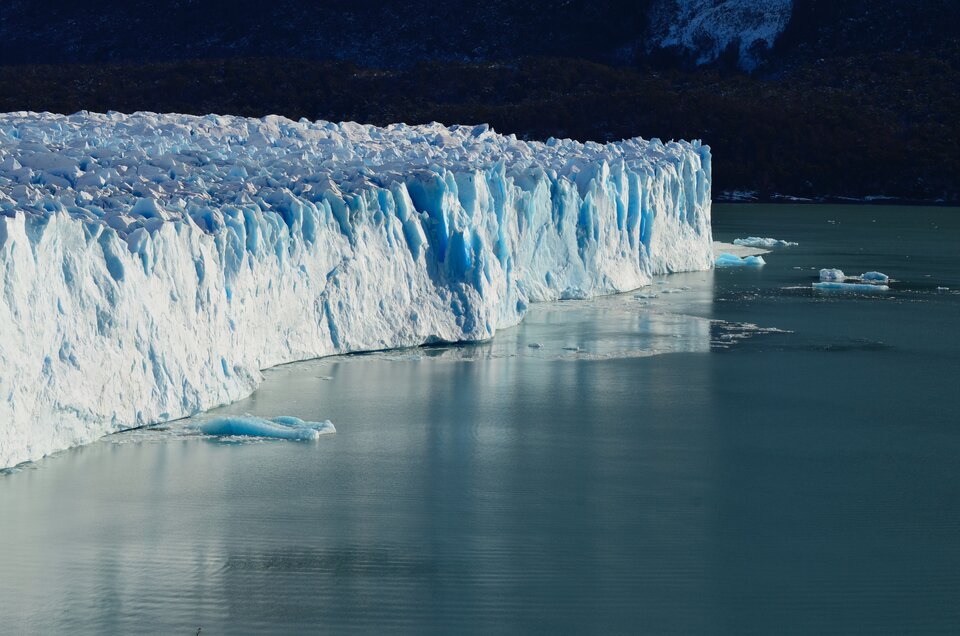
“And, Harmony will be used to measure small shifts in the shape of the land surface such as those related to earthquakes and volcanic activity, and therefore contribute to risk monitoring.”
Over the last four years, the Harmony concept has undergone strict feasibility scrutiny and a pre-development process, culminating in ESA’s Programme Board for Earth Observation (PB-EO) accepting ESA’s proposal, based also on the science advise and the recommendation from the Advisory Committee for Earth Observation (ACEO).
René Forsberg Acting Chair of ESA's Advisory Committee on Earth Observation, said, “ESA’s pioneering Earth Explorer research missions are fundamental to Europe’s position as a world leader in Earth observation. We are extremely happy to see Harmony join this extraordinary family of missions and we are certain that will bring significant advances in our understanding of the workings of our fragile planet.”
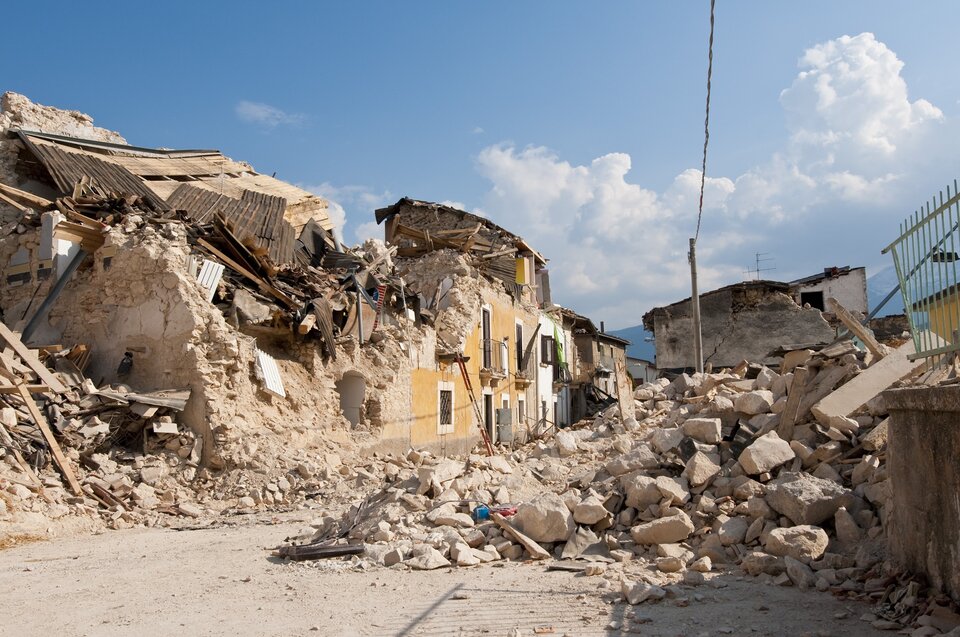
Simonetta Cheli, Director of ESA’s Earth Observation Programmes, added, “Indeed, Earth Explorers are pivotal to our FutureEO programme – a programme that harnesses novel ideas to develop pioneering satellite missions and concepts and to test innovative technologies. By nurturing imaginative new ways of using Earth observation, FutureEO enables scientific excellence to flourish to address societal challenges of tomorrow.
“The novel technology and observing techniques proven by the Earth Explorers are also key to developing ‘operational’ missions, such as Europe’s Copernicus Sentinel missions, which deliver systematic data for environmental services.
“In the case of Harmony, we envisage that its technology will be important for enhancing the capabilities of the Copernicus Sentinel-1 Next Generation mission.”
With Harmony formally selected as the tenth Earth Explorer, the mission is part of ESA’s Earth Observation FutureEO programme proposal at the upcoming Council at Ministerial Level, CM22 where funding decisions will be made by Member States. FutureEO demonstrates ESA’s leadership in gathering the data scientists need to understand our planet and help solve the challenges of tomorrow.
For Harmony, the next step will then involve fine-tuning the mission design and the subsequent build, with a view to launching the satellites in 2029.


